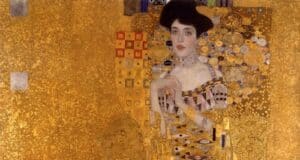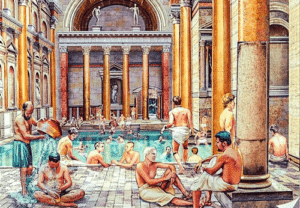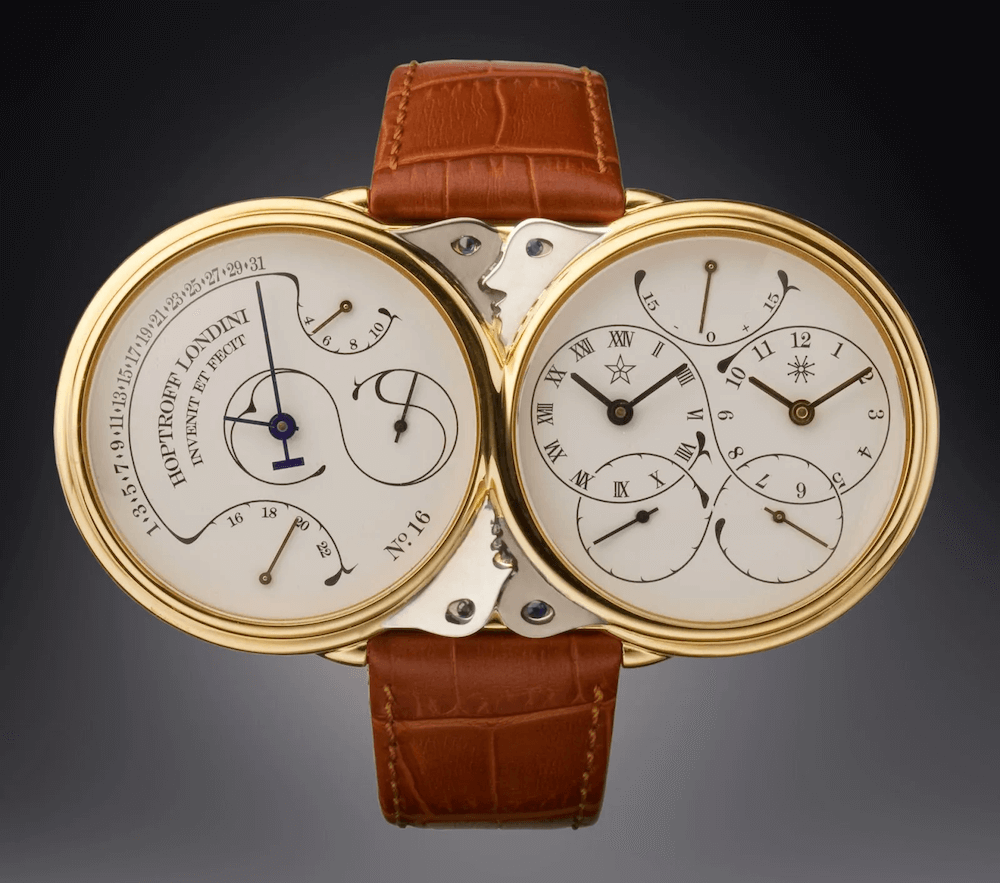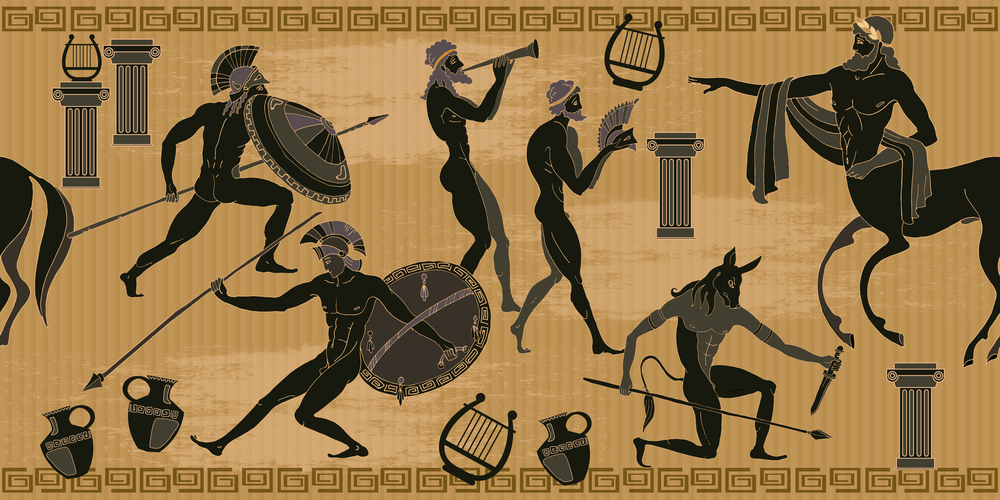Ancient Rome: A Guide to the Everyday Life of the Average Citizen
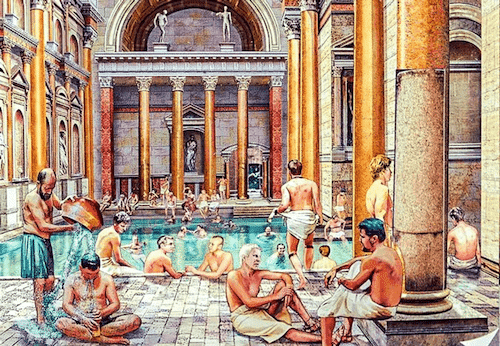
When we think of ancient Rome, our minds often drift to images of grandiose architecture, powerful emperors, and the vast expanse of an empire that stretched across three continents. Rome’s history is rich with tales of military conquests, political intrigue, and cultural achievements that shaped the Western world. Yet, behind the marble facades of the Forum and the bloody spectacles of the Colosseum lay the everyday lives of Romans, whose stories are often overshadowed by the empire’s grandeur.

At its peak, Rome was the largest city in the ancient world, with a population of over a million inhabitants. This bustling metropolis was very modern in terms of social contrasts. The wealthy lived in luxurious domus, enjoying leisure and political influence, while the middle and lower classes engaged in commerce, trades, and labor to sustain the city’s economy.
What was life like in the ancient city of Rome? How did the average person live? And what did they do in their day-to-day lives?
To which period of Ancient Rome are we referring?
The height of the Roman Empire, approximately from the 1st century BCE to the 4th century CE, is characterized by the expansion and consolidation of Roman power. This led to significant urban development and cultural advancements. In the city of Rome only, there was rapid population growth during this time, from around 500,000 in the 1st century BCE to app. 1.5 million inhabitants in the 2nd century CE.
To visualize the ancient city, think of narrow, crowded streets filled with pedestrians, vendors, and vehicles (carts for transporting goods, chariots, carriages, etc.). Citizens gathered at public squares and forums. There were magnificent public buildings and monuments showcasing Rome’s architectural prowess. Not forget aqueducts and fountains, ensuring a steady water supply for daily use.

Ancient Rome had a well-developed infrastructure. For example, the Cloaca Maxima was one of the world’s earliest sewage systems, helping to drain the city and prevent flooding. The city was surrounded by defensive walls, such as the Servian Wall and the Aurelian Walls, which protected the city from invasions.
What were Rome’s most important public spaces?
Ancient Rome’s public buildings were not only functional but also exemplified the architectural prowess and artistic sensibilities of the time. They were designed to impress and accommodate the diverse activities of the city’s inhabitants, from political and religious functions to entertainment and daily public life. The use of grand architectural elements like columns, arches, and domes, along with rich marble decorations, mosaics, and sculptures, made these structures enduring symbols of Rome’s greatness.

The most prominent city feature was the Forum. It was the political, economic, and religious heart of the city. The Forum was an open rectangular space with columns, statues, and monuments. It included the Senate House (Curia), the speaker’s platform for public oratory, and numerous temples such as the Temple of Saturn and the Temple of Castor and Pollux. Also, there were basilicas used for legal proceedings and business. These buildings were adorned with marble and featured elaborate decorations.

Near the Forum was the Colosseum, the largest amphitheater in Rome, used for gladiatorial games and public spectacles. Constructed primarily from concrete and stone, a massive oval amphitheater had a seating capacity of around 50,000 spectators. It featured multiple levels of seating, with the exterior characterized by three tiers of arched entrances and a fourth tier with small windows. The interior included an arena floor with trapdoors and an elaborate underground system (hypogeum).

Another public venue was Circus Maximus. It was created for chariot races and other public games. Initially, it was built with wood but later reconstructed with stone and concrete. The circus could seat around 150 000 spectators.

Nearby was Capitoline Hill, a symbolic center of Roman religion and politics that was often used for important ceremonies and official functions. There was the Temple of Jupiter Optimus Maximus, the most important temple in Rome, dedicated to the chief Roman god. On the hill, there was also the Tabularium, which was the state archives building.

Palatine Hill was a residential area for the elite and the site of imperial palaces. This was a prestigious area with luxurious residences and expansive gardens providing views over the city. Imagine the most posh neighborhood in your city—that’s basically what Palatine Hill was. Palatine Hill is believed to be the location of Rome’s original settlement. That’s where Romulus and Remus, the legendary founders of Rome, were said to have been discovered and raised by a she-wolf.

Finally, there was Campus Martius, originally a military exercise ground, later developed into a public space with temples, theaters, and baths. That’s where a famous Pantheon was, a temple dedicated to all gods.

Constructed nearly 2000 years ago, the Pantheon’s dome is still the largest unreinforced concrete dome in the world, with a diameter of 43.3 meters (142 feet).

In this area was the Theater of Pompey, the first permanent theater in Rome, with an attached complex including temples and gardens. Plus, there were Baths of Agrippa, one of the earliest large-scale public baths in Rome.

Basically, the city center was a vibrant area with government buildings, temples, business and entertainment venues, and a luxurious residential area.
Public baths: the important venue in ancient Rome
Public baths were one of Rome’s most prominent features. They provided a place for bathing and socializing. The baths were often massive complexes with vaulted ceilings and large open spaces, extensively decorated with marble, mosaics, and decorative sculptures. They typically included a series of rooms with different temperatures, such as the caldarium (hot bath), tepidarium (warm bath), and frigidarium (cold bath). There were also exercise areas (palaestra), gardens, and libraries.

Many Romans visited the public baths daily, often in the afternoon after the day’s work was done. Bathing was a central social activity akin to modern-day cafes or gyms, and people often structured their daily routines around visits to the baths. These venues served as a place to meet friends, discuss politics, and form social networks. Some people even conducted business, negotiated deals, or held informal meetings there.
Public baths were one of the few places in Rome where social barriers were somewhat relaxed. They were open to people of all social classes, from slaves and plebeians to patricians and emperors.

In larger bath complexes, there were often separate facilities or designated times for men and women. Children could also accompany adults, but there weren’t typically exclusive areas just for them.
Public baths had a small entry fee, making them accessible for everyone. Emperors or wealthy patrons sometimes covered the cost, especially on festivals or public holidays.
Visits to baths could last several hours because they involved more than just bathing. Many complexes had a palaestra (exercise area) where visitors could engage in physical activities like wrestling or ball games. Patrons also spent time talking, reading, or playing board games in common areas. Some baths offered massages, haircuts, and food vendors.
The bathing process often involved moving through rooms of varying temperatures:
- Tepidarium: A warm room to acclimate.
- Caldarium: A hot room or bath to open pores and cleanse.
- Frigidarium: A cold plunge pool to close pores and refresh.
Public baths were a vital part of Roman life, providing a place for personal hygiene, exercise, social interaction, and relaxation. Their accessibility and affordability made them a democratic space within the highly stratified society of ancient Rome.
Public toilets: how does it work
In addition to public baths, there were also public toilets called latrines. They were typically large, open rooms with stone or marble benches lined along the walls. These benches had holes spaced at regular intervals for seating. Beneath the benches, there was a continuous flow of water that carried waste away into the sewer system. Another water channel flowed at foot level for users to clean themselves with sponges attached to sticks (called tersorium). These latrines were communal and lacked privacy, with multiple people using them simultaneously.

Public latrines were generally free to use and funded by local governments or wealthy patrons as a public service. They were accessible to people of all classes. Similarly to public baths, latrines were social spaces where people would converse and conduct business. This communal aspect was a normal part of Roman life.

During the 1st century CE, Emperor Vespasian imposed a tax on public urinals. This tax was applied not directly to the use of public latrines but rather to the businesses that collected urine from these facilities. At the time, urine was a valuable commodity used in industries such as tanning, laundering, and even as a cleaning agent due to its ammonia content. When Vespasian’s son, Titus, criticized the urine tax as distasteful, Vespasian famously held a coin to his nose and said, “Pecunia non olet,” which translates to “money doesn’t smell.” That’s where the phrase comes from.
Where did people live in Ancient Rome?
In ancient Rome, the distribution of different social classes within the city was quite distinct. The elite occupied the most prestigious areas, the middle class (equestrians, merchants, and artisans) resided in less central but still respectable neighborhoods, the working class (plebeians) lived in more crowded, less affluent districts, and slaves resided in various parts of the city, depending on their roles.

The type of housing varied significantly depending on wealth and social status.
A typical representative of the elite lived in a domus or a villa. A domus was a single-family house that was often quite large and luxurious. It had an atrium, a central open-air courtyard that was the focal point of the house, and a garden courtyard surrounded by columns. Inside the house, there was an office or reception area, a formal dining room, and private bedrooms.
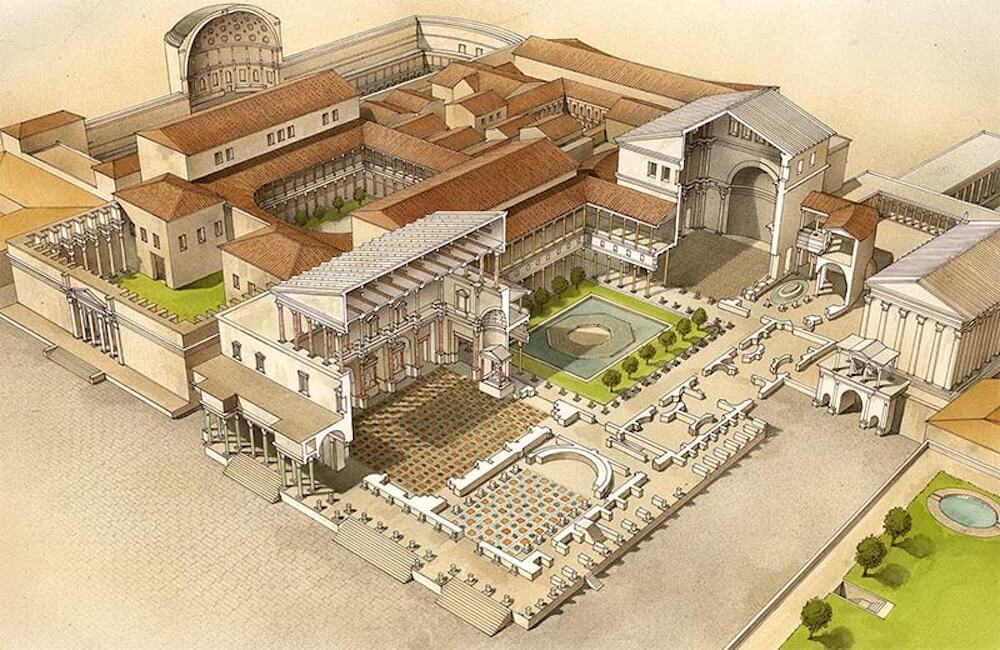
Villas were similar to domus but located in the countryside or on the city’s outskirts. They were usually more extensive and included agricultural land, gardens, and additional buildings for servants and workers.

The most common type of house in ancient Rome was the insula (pl. insulae). Insulae were multi-story apartment buildings that housed most of Rome’s inhabitants, especially the middle and lower classes.

Insula: the multi-story apartment building
Typically, insula ranged from 3 to 5 stories high, but some could reach 8 stories. They were usually built from brick-faced concrete, with wooden beams supporting the floors. The construction quality varied, often being poor and prone to fire and collapse.
Similarly to modern cities, the ground floor of apartment buildings contained shops, taverns, or workshops facing the street. These commercial spaces provided income for the building owner and convenience for residents.

The upper floors were divided into various spaces, with the higher floors generally having smaller and cheaper apartments. Lower-floor dwellings were more spacious and desirable, with bedrooms, a small kitchen, and a shared bathroom, as individual facilities were rare. In some insuale, there was also a small, central courtyard or entryway. Some better-insulae apartments on lower floors might have their own small toilets, often simple pits or chamber pots emptied by slaves or servants.

Many Roman homes, including those in insulae, contained a small shrine known as a lararium for household worship. It was often found in a corner of the atrium or near the kitchen, sometimes in small niches or on shelves. The shrines were dedicated to household gods, the family’s protective spirits, etc. The residents brought daily offerings of food and wine for protection and blessings.
The higher one went, the smaller and more cramped the living spaces became. Most of the upper-story apartments were simple one-room units where entire families lived. They had simple furnishings, sometimes with loft spaces. There were also shared baths and water sources. Kitchens were often shared as well and located in small communal areas on each floor. Residents of upper floors typically used chamber pots, which they emptied into communal waste systems or streets, creating sanitation issues.

Insulae were densely populated and noisy, with thin walls offering little privacy. The use of wood for cooking and heating, combined with poor construction, made insulae prone to fires. On higher floors, there was poor lighting and ventilation, as windows were small and scarce to prevent structural weakness.
What were the daily activities of men?
The daily routine in ancient Rome varied based on social status, profession, and gender. Romans typically rose early, often at dawn. They performed basic hygiene, including washing their face and hands and sometimes visiting the public baths. For breakfast, they had a light meal, usually consisting of bread, cheese, fruit, and wine.
Men of the upper class (Patricians and Wealthy Citizens) usually spent their mornings attending to political duties, meeting with clients in the atrium of their domus (the morning greeting ritual known as salutatio), or engaging in leisure activities.

Middle-class men (equestrians, merchants, and artisans) engaged in their businesses, managed shops or worked in their trades.
Lower-class men (laborers and slaves) worked in construction, farms, workshops, or as household slaves.

A light meal often occurred around noon, consisting of leftovers from the previous night’s dinner, bread, fruits, and sometimes cold meat. Many Romans also took a short rest or nap in the early afternoon.
Then, Romans of all classes visited public baths, where they enjoyed bathing, exercising, socializing, and sometimes conducting business.
In the evening, people had dinner, which was the main meal of the day, often a social event. It could be a simple meal for the lower classes or an elaborate banquet for the wealthy, featuring multiple courses and entertainment. Upper-class dinners included a variety of foods with meats, vegetables, and desserts accompanied by wine. These meals often involved guests and lengthy conversations.
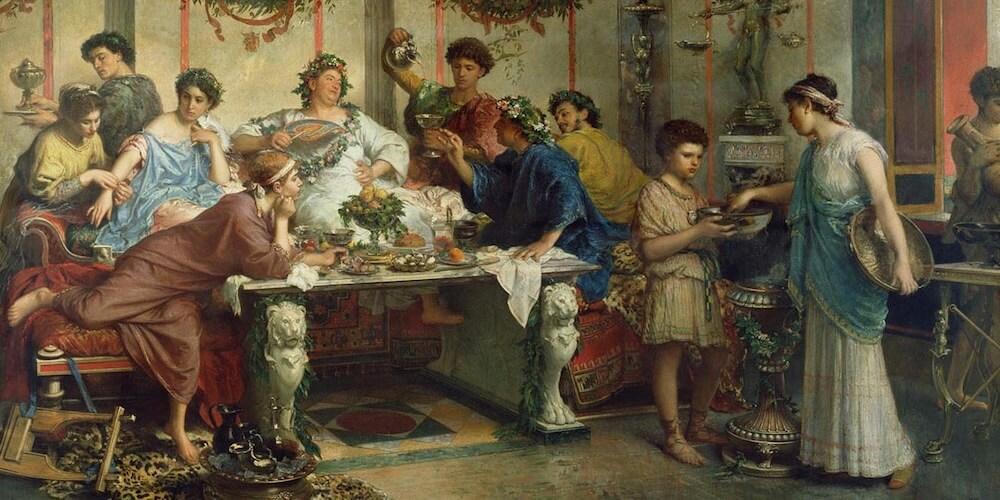
Evening activities also included attending theater performances, gladiatorial games, or chariot races. Others might visit taverns or spend time with family and friends at home.
Comparing civilizations shows how people have always adapted to shifting values and rules. Learn more about daily routines in Ancient Greece or how restrictive laws like Prohibition impacted American life centuries later.
What were the daily activities of women?
Women also rose early and attended to personal hygiene. They also had light breakfasts similar to men’s. Then, they oversaw household tasks like cleaning, cooking, and managing slaves. They might also engage in weaving, spinning, and other household crafts. Lower-class women performed household chores themselves, including cooking, cleaning, and childcare.
During the day, wealthy women made social visits, managed household affairs, performed religious duties, and visited baths. Middle and lower-class women worked in shops, markets, or as midwives, nurses, or vendors.

Afternoons were reserved for public baths or temples, social gatherings with other women, etc. In the evenings, women had dinner with family and attended social or religious events at home or in the community.

In addition to homecooked meals, people often attended public eateries to get some food.
Thermopolia were ancient Roman equivalents of modern cafes. They served hot food and drinks to people on the go. Often, they looked like small shops with a counter that displayed large jars of food and beverages. They often served stews, soups, and wines. Thermopolia was popular among the working class and travelers who needed quick meals without returning home.

Popinae were similar to taverns and were casual eateries where patrons could enjoy food and drink. They were popular spots for socializing, gambling, and sometimes less reputable activities.

What were the daily activities of kids?
Boys from wealthy families received formal education from private tutors or attended schools, learning subjects like literature, rhetoric, and philosophy. Girls’ education focused more on domestic skills, though some wealthy girls sometimes also learned to read and write. Children of lower classes started working at a young age, learning trades from their parents or employers.

At that time, children played with toys like dolls, balls, and board games. They also enjoyed outdoor activities such as playing with pets or engaging in physical games.
Did ancient Romans keep pets?
Pets were common in ancient Rome. Dogs were popular pets, used for protection, hunting, and companionship. There were various dog breeds, from large guard dogs (like the Molossus) to small lap dogs similar to modern toy breeds.

While less common than dogs, cats were still appreciated as domestic companions. They were valued for controlling pests such as mice and rats. Wealthy citizens kept fish in decorative pools, monkeys, parrots and doves.

Pets were sometimes buried with their owners or given their own memorials, reflecting the emotional bonds between Romans and their animals.






